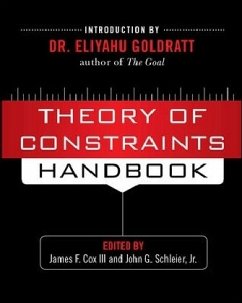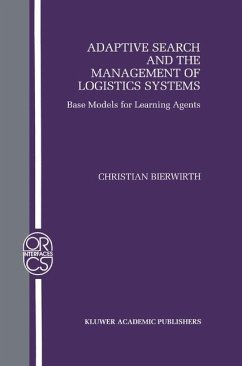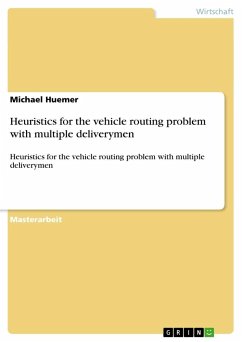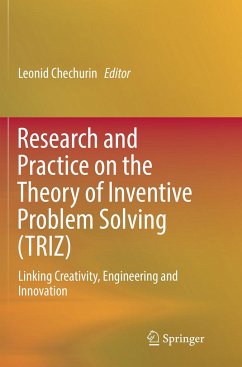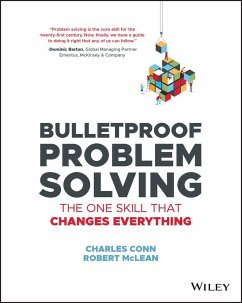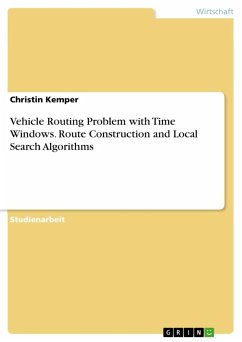
Solving the Multidimensional Multiple Knapsack Problem With Packing Constraints Using Tabu Search
Versandkostenfrei!
Versandfertig in über 4 Wochen
28,99 €
inkl. MwSt.
Weitere Ausgaben:

PAYBACK Punkte
14 °P sammeln!
This paper presents a methodology for solving military aircraft load- scheduling problems modeled as a multidimensional multiple knapsack problem, Because of the computational time associated with applying conventional algorithms to this type of problem, we employ tabu search to determine how much cargo a heterogeneous group of aircraft can carry. This study extends the previous work of Chocolaad in two areas. First, we modify Chocolaad's algorithms to solve the multiple (rather than the single) knapsack problem under the constraints he defmed for the Airlift Loading Problem. Second, we drop h...
This paper presents a methodology for solving military aircraft load- scheduling problems modeled as a multidimensional multiple knapsack problem, Because of the computational time associated with applying conventional algorithms to this type of problem, we employ tabu search to determine how much cargo a heterogeneous group of aircraft can carry. This study extends the previous work of Chocolaad in two areas. First, we modify Chocolaad's algorithms to solve the multiple (rather than the single) knapsack problem under the constraints he defmed for the Airlift Loading Problem. Second, we drop his assumption of a homogeneous group of aircraft. We validate our model by confirming its solutions with cargo loadmasters, and comparing the performance of our algorithm with the benchmark ALM. This work has been selected by scholars as being culturally important, and is part of the knowledge base of civilization as we know it. This work was reproduced from the original artifact, and remains as true to the original work as possible. Therefore, you will see the original copyright references, library stamps (as most of these works have been housed in our most important libraries around the world), and other notations in the work. This work is in the public domain in the United States of America, and possibly other nations. Within the United States, you may freely copy and distribute this work, as no entity (individual or corporate) has a copyright on the body of the work. As a reproduction of a historical artifact, this work may contain missing or blurred pages, poor pictures, errant marks, etc. Scholars believe, and we concur, that this work is important enough to be preserved, reproduced, and made generally available to the public. We appreciate your support of the preservation process, and thank you for being an important part of keeping this knowledge alive and relevant.





